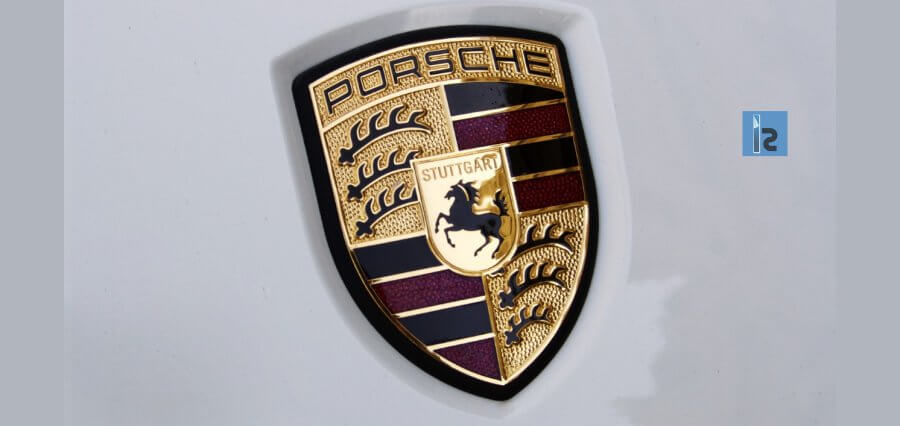Porsche put the first gallons of its entirely synthetic fuel into a car. Porsche has been discussing eFuels since 2020, when it invested 20 million euros in a project with Siemens Energy to build a pilot plant in Punta Arenas, Chile. Ferdinand then followed up with a $75 million investment earlier this year, purchasing a 12.5% share in HIF Global, the holding company for these eFuel production activities.
eFuels are intended to be carbon-neutral alternatives, allowing legacy vehicles to continue functioning in the face of increasing constraints on passenger vehicle carbon output.
While bans on the sale of internal combustion cars are already in effect in numerous locations, including California and the EU, no exemptions for eFuels have been given globally. The EU intends to draft a proposal for “CO2 neutral fuels” and if they will be exempt; however, this may only apply to commercial cars.
Porsche Executive Board Member Michael Steiner expects that such an exception will cover the use of eFuels in his company’s vehicles: “This is still in progress, but at least our expectation is that we could use such eFuel also in passenger cars, especially Porsche cars. This is expectation, but this is not finalized today.”
For the time being, Porsche’s eFuels will be used only off-road, fueling the company’s global Porsche SuperCup competition. With Porsche believed to be entering Formula One soon, and that series planned to transition to carbon-neutral fuels by 2026, it’s easy to see possibilities there as well.
Chile was selected as the location for the project primarily because eFuels rely significantly on the separation of water into its constituent parts, hydrogen and oxygen. This electrolysis requires a large amount of inexpensive electricity, which is given in Chile by the continual, high winds. Punta Arenas is reported to have the most wind in South America, which Siemens Gamesa wind turbines turn into power.
In fact, according to Porsche, the south of Chile provides the best circumstances for the generation of e-fuels because there is enough wind there to allow wind turbines to run continuously 270 days out of the year. While that may be the case, Chile also has a sizable number of communities, particularly those for Indigenous people, that stand to gain just as much, if not more, from the use of inexpensive renewable energy as Porsche owners.
The hydrogen produced by this method is then combined with CO2 collected from the air to produce methanol. This raw material may then be processed further for a range of goods, including the eFuels that Porsche will use to power its race cars today and that it hopes will keep its vintage vehicles on the road for a long time.
Porsche’s early plans were for 130,000 liters by the end of 2022. Given the date and the capacity of the 911 tank (67 liters at most), it appears that the aim will be achieved later. Porsche’s next goal is to reach 55 million gallons per year in the following three years.
Transportation, taxes, and other fees will keep eFuels much more expensive than traditional fuels for the foreseeable future, but their carbon-neutrality may make them enticing possibilities for business uses in particular.
“There are several initiatives all around the world. Some regions look for tax benefit; some look for blending quotas for different sectors. So, this is still open which markets might be most favorable for eFuels,” said Steiner.
One thing is certain that Porsche will continue to sell 80% electric vehicles by 2030, regardless of whether eFuels are successful or whether there are exemptions for internal combustion engines that emit no carbon dioxide.
“We have a clear strategy. The main focus is e-mobility, but in addition, we take care of our ICE cars,” added Steiner.


